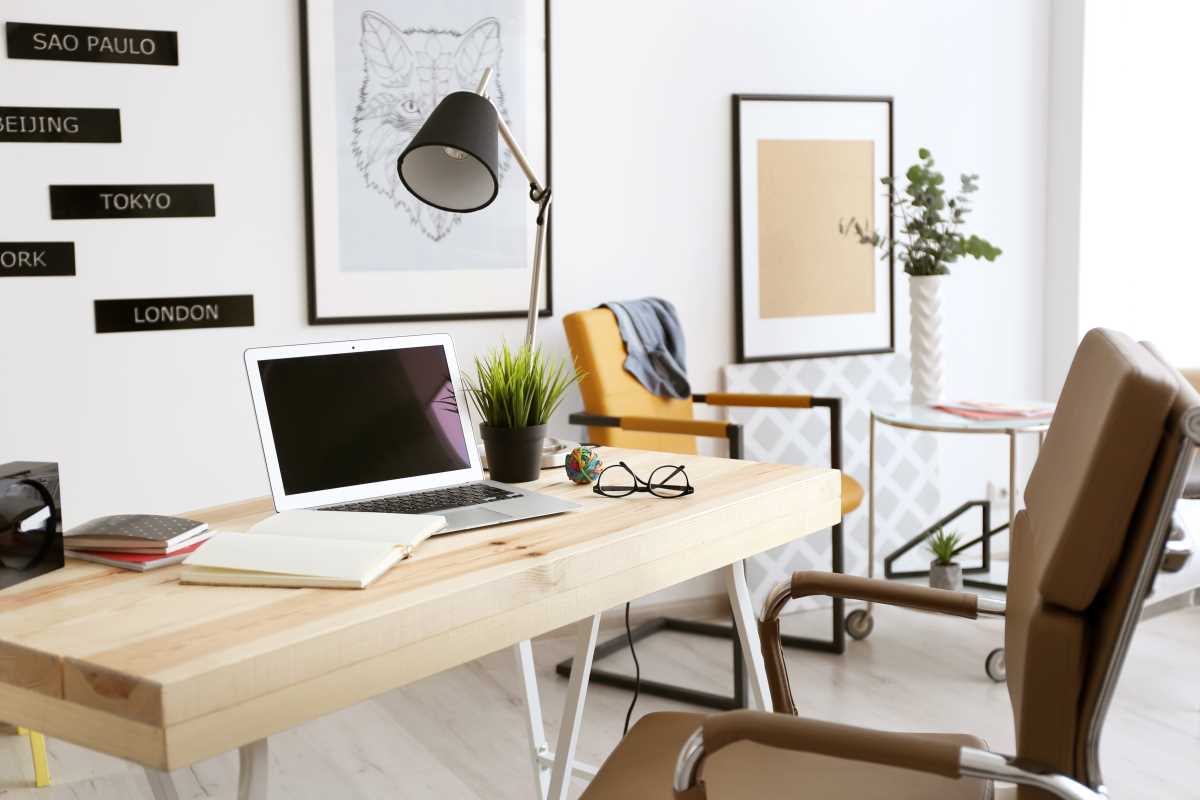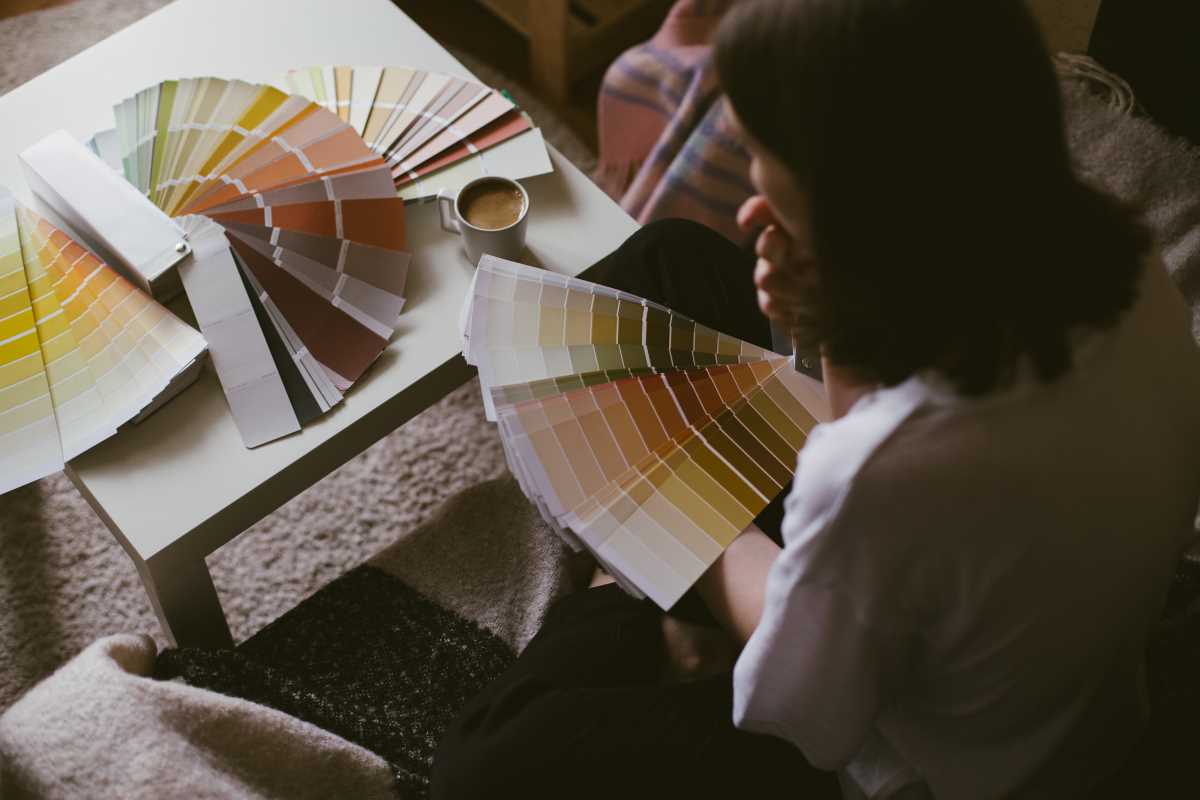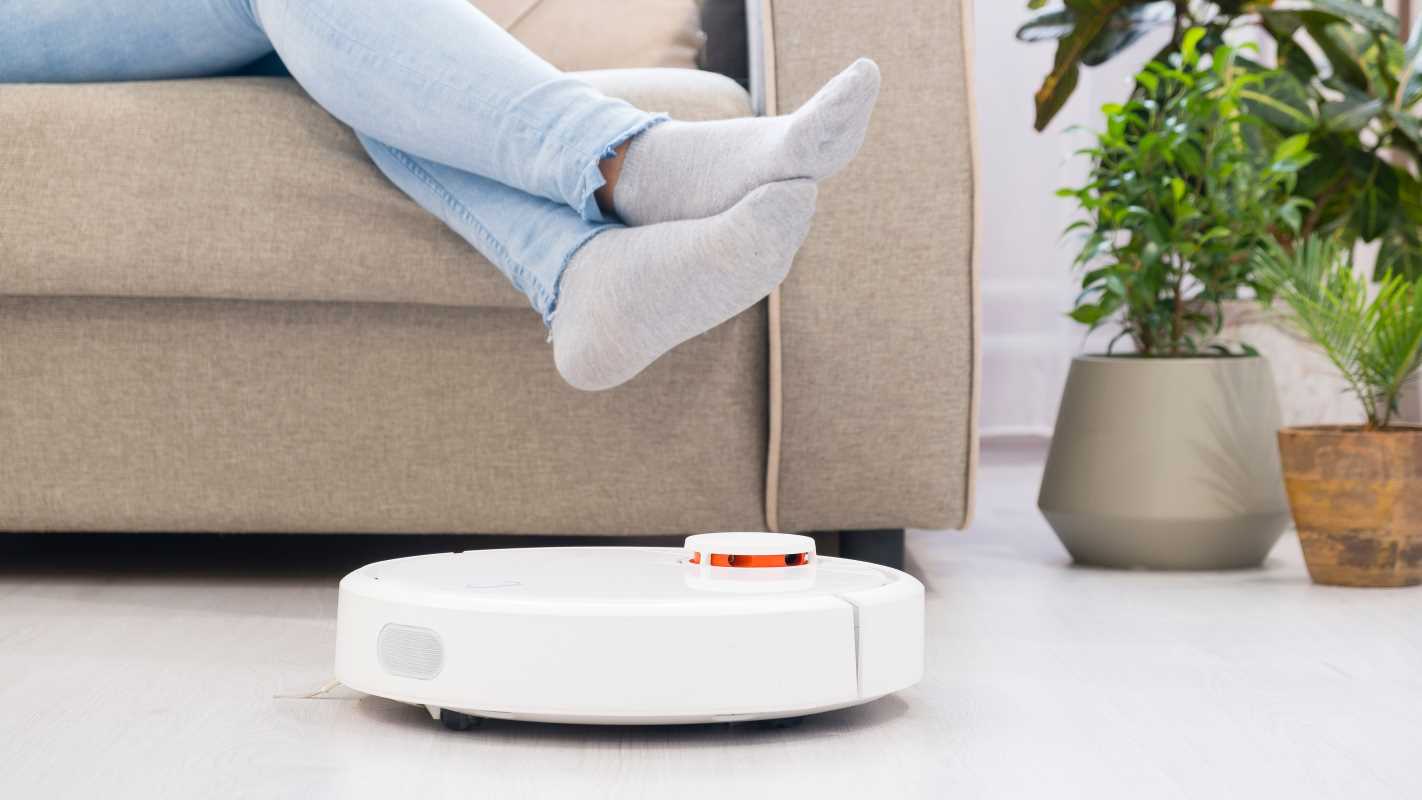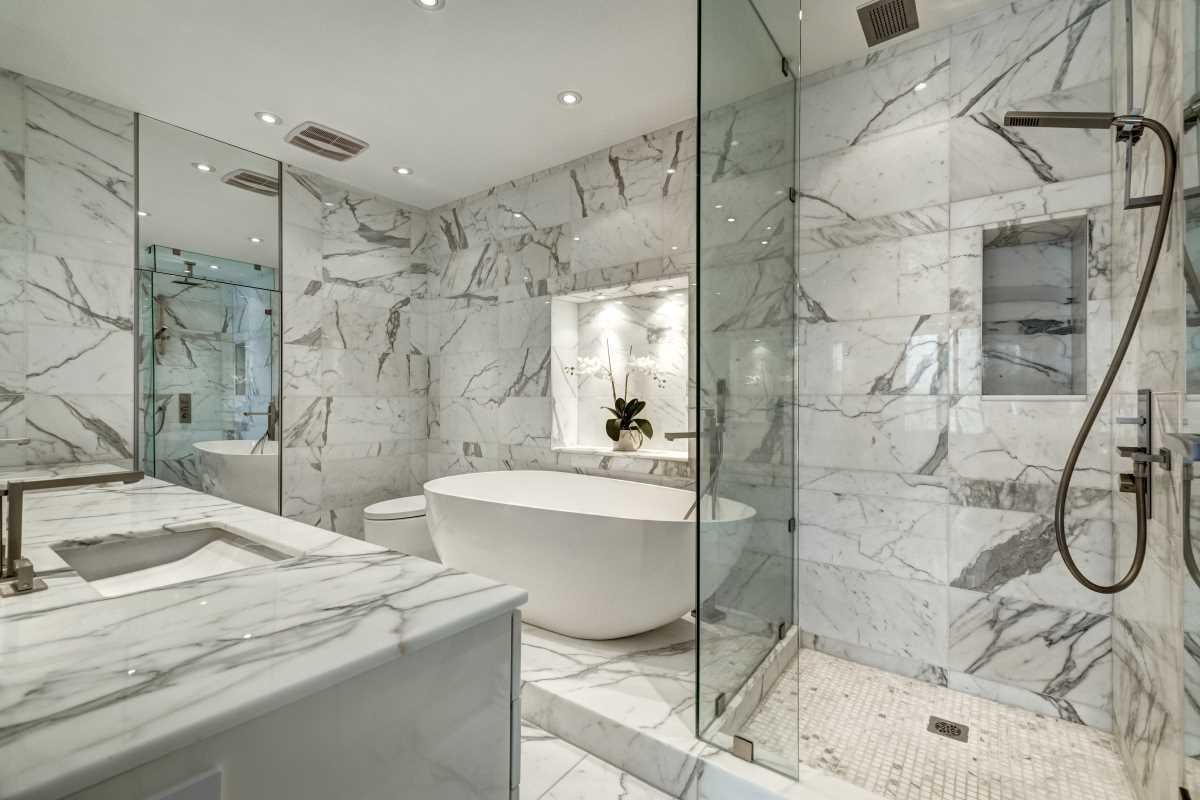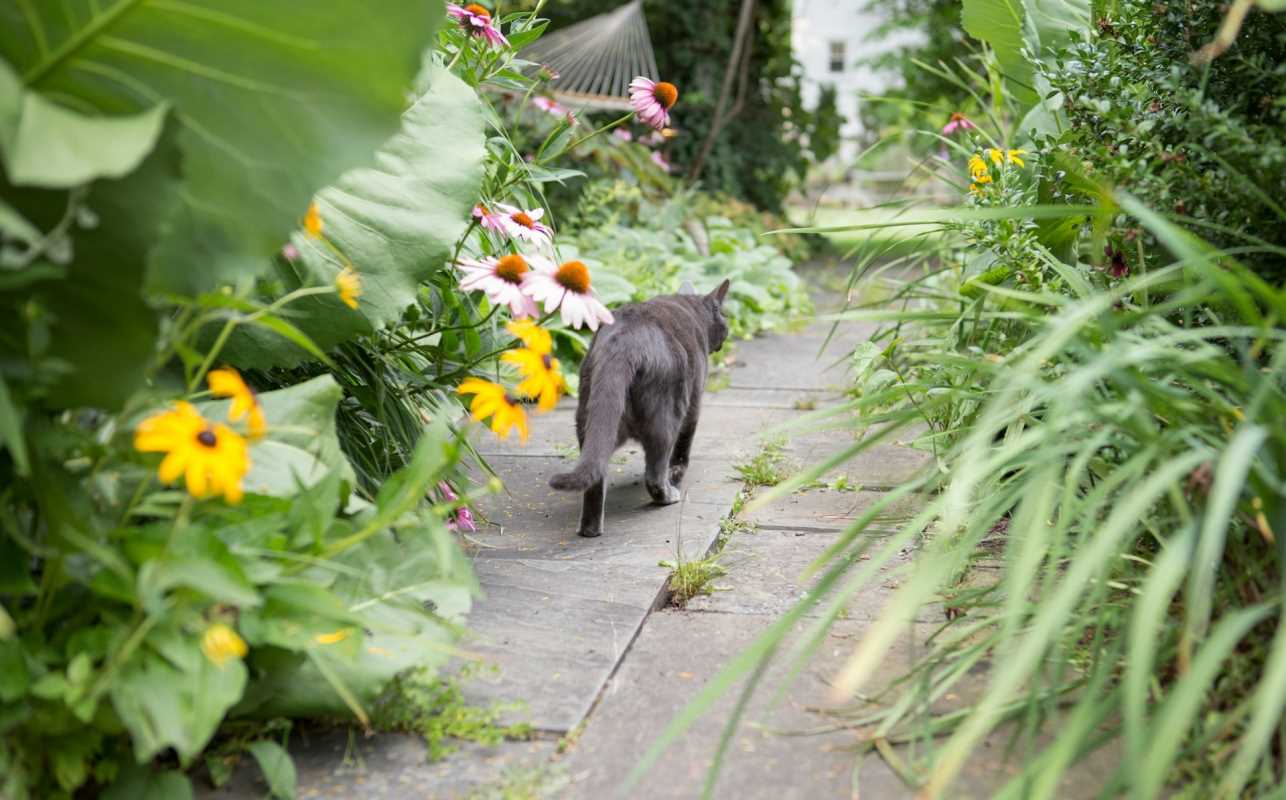Indoor plants are more than just beautiful decor—they’re living things with the potential to transform your home and well-being. Whether you’ve got a spacious house or a tiny apartment, adding greenery to your space can make a huge difference. From improving air quality to lifting your mood, plants are an inexpensive way to create a healthier, more inviting environment.
Clean Air, Healthy Living
One of the most talked-about benefits of indoor plants is their ability to improve air quality. Plants naturally absorb carbon dioxide during photosynthesis and release oxygen, freshening up the air inside your home. Some species even act as air purifiers, removing toxins like formaldehyde, benzene, and trichloroethylene, which can be found in everyday items like paint, furniture, and cleaning products.
Best air-purifying plants:
- Spider Plants: Low-maintenance and adaptable, these hardy plants remove indoor pollutants like carbon monoxide and formaldehyde.
- Snake Plants: Also known as mother-in-law’s tongue, this plant thrives on neglect and releases oxygen even at night.
- Peace Lilies: Famous for their white blooms, peace lilies absorb toxins and add elegance to any room.
Stress Relief and Mood Boosting
Ever wondered why being in nature feels so therapeutic? Indoor plants can replicate some of those comforting feelings. Studies have shown that interacting with greenery can reduce stress, lower blood pressure, and elevate mood. Even the simple act of watering plants can be surprisingly calming.
Plants add a natural, soothing element to surroundings that might otherwise feel busy or chaotic. They make your living space feel more alive and vibrant, fostering a sense of well-being. The color green has also been linked to feelings of harmony and relaxation—what better excuse to bring more of it into your life?
Good mood-boosting plants:
- Pothos: Easy to care for and able to thrive in most conditions, Pothos makes for a great first plant for beginners. Its trailing vines add a playful touch to corners and shelves.
- English Ivy: Along with brightening your space, it’s known for reducing mold in the air.
- Lavender: This fragrant herb is not only pretty but known for its calming scent, perfect for reducing anxiety.
Home Aesthetics and Personal Connection
Indoor plants offer endless possibilities for decorating your home. From hanging plants to potted succulents on your desk, they provide texture, color, and life. Plus, plants come in all shapes and sizes, making it easy to find one that fits your space and personal style.
But the benefits go beyond aesthetics. Caring for plants provides a sense of responsibility and connection to something living. Many people feel a therapeutic bond with their greenery, which can be particularly comforting for those who live alone.
Choosing the Right Plants for Your Home
Before buying a plant, it’s essential to consider the conditions of your home.
- Low-Light Spaces: If your home doesn’t get much natural light, opt for low-maintenance plants that thrive in darker areas. Snake plants, ZZ plants, and ferns are great options.
- Bright and Sunny Spaces: If you have a sunny window, take advantage of it! Cacti, succulents, and rubber plants love soaking up the rays.
- Humid Areas: Bathrooms and kitchens can be ideal for tropical plants like peace lilies, pothos, and orchids that thrive in moisture-rich air.
- Pet-Friendly Spaces: If you have pets, be cautious. Some plants, such as peace lilies and philodendrons, are toxic to animals. Opt for plants like spider plants, parlour palms, or calatheas, which are safe for furry friends.
Indoor Plant Care Tips
While indoor plants make your home look great, they do require some care to thrive. Fortunately, most houseplants are beginner-friendly, and a little attention and knowledge go a long way.
- Watering: Overwatering is the number one killer of houseplants. Make sure your pots have drainage holes, and only water when the soil feels dry to the touch. A good rule for most indoor plants is to water once a week, but this may change depending on the plant and the season.
- Light Requirements: Always check how much light your plant needs. Low-light plants, like snake plants and pothos, can survive on indirect light, while sun-lovers like succulents and fiddle-leaf figs need plenty of direct light.
- Humidity and Temperature: Keep plants away from drafty windows, heaters, or air conditioners, as these can cause stress. If your home is very dry, consider misting your plants or using a humidifier.
- Pest Control: If you notice pests like mites or gnats, remove the infested leaves and clean the plant gently with water and a mild soap solution.
- Pruning and Cleaning: Remove dead leaves to keep your plant looking fresh and encourage new growth. Wipe down leaves occasionally to remove dust and allow them to photosynthesize more effectively.
Psychological Benefits of Greenery
Beyond the physical benefits of cleaner air and improved aesthetics, indoor plants can contribute to your mental well-being in profound ways. Studies show that being surrounded by plants can improve concentration and productivity, which is especially useful for those working or studying from home. Plants also provide a natural way to cultivate mindfulness. Spending time watering, trimming, and admiring your plants forces you to slow down and focus on the present moment.
Starting Your Plant Collection
If you’re new to indoor plants, start small. Choose one or two easy-to-care-for varieties like snake plants or pothos. Invest in good-quality pots with drainage and some basic tools like pruning scissors and a watering can. Once you feel more confident, you can expand your collection with plants that require a little more attention but offer big rewards, like fiddle-leaf figs or monstera deliciosa.
Not sure where to start? Many local nurseries or garden centers offer assistance in picking plants, and some even host workshops for beginners. Online plant delivery services are also a great option, offering detailed care guides for each plant they sell.
Why Every Home Needs Plants
Indoor plants are an affordable way to not only decorate your space but also improve your quality of life. From cleaner air to better mental health, there’s no denying their benefits. Whether you’re an experienced plant parent or a total beginner, there’s a plant out there waiting to brighten up your home and bring some life into your daily routine.
Start small, pay attention to your plants’ needs, and most importantly, enjoy the process. Soon enough, you’ll have your own green sanctuary—right within the comforts of home.
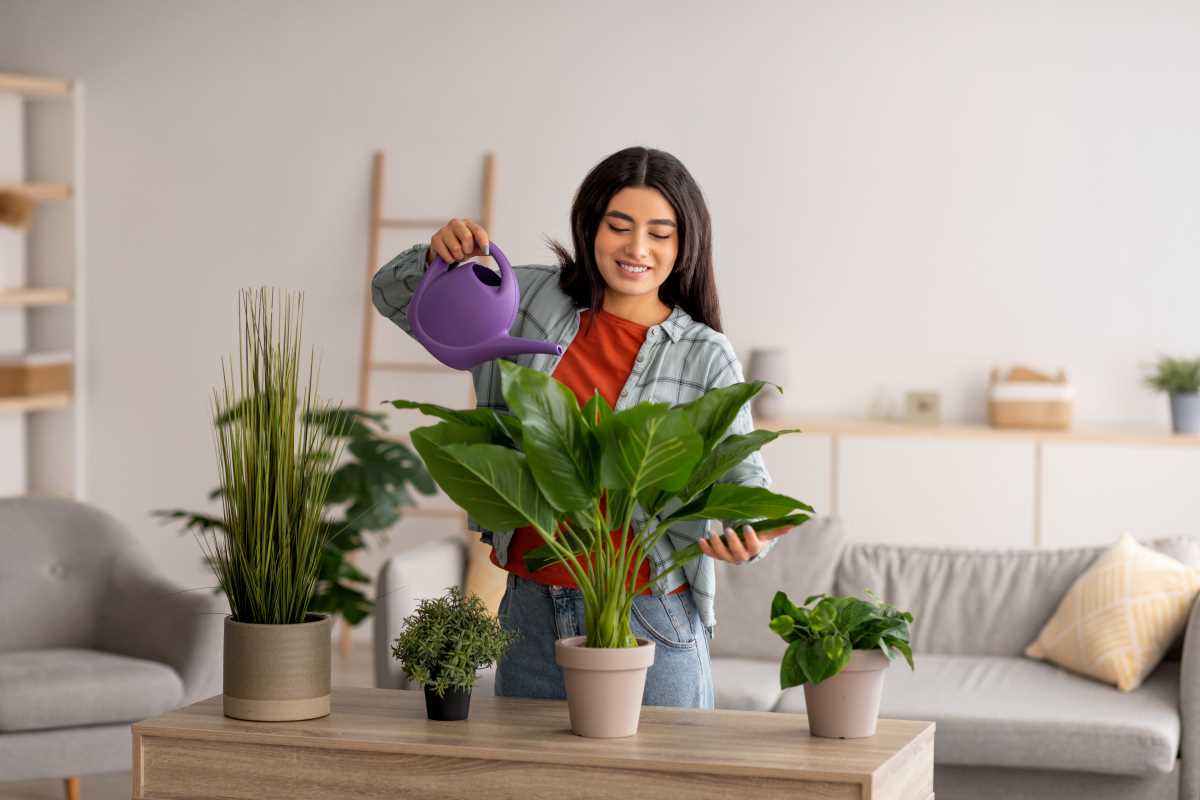 (Image via
(Image via